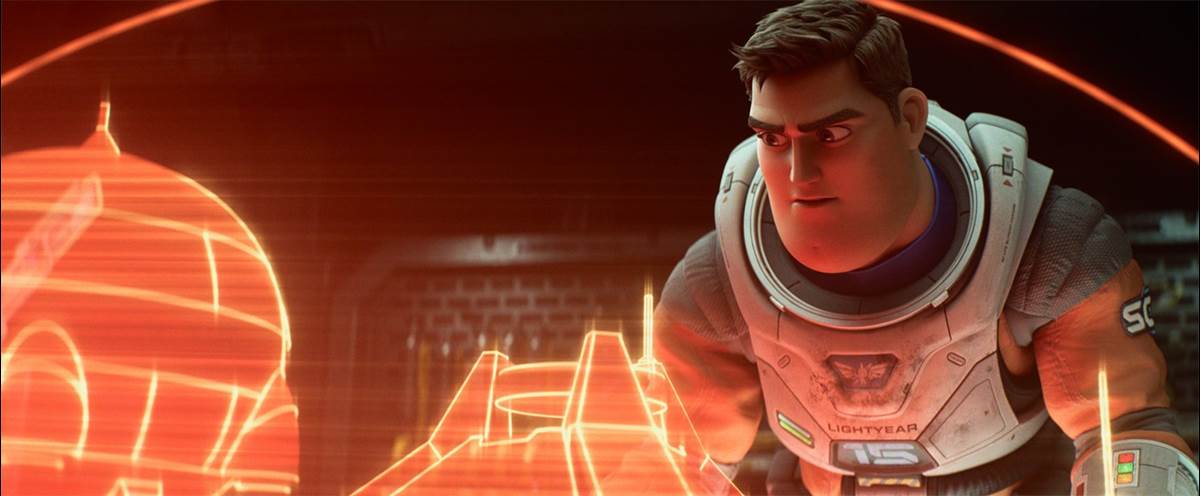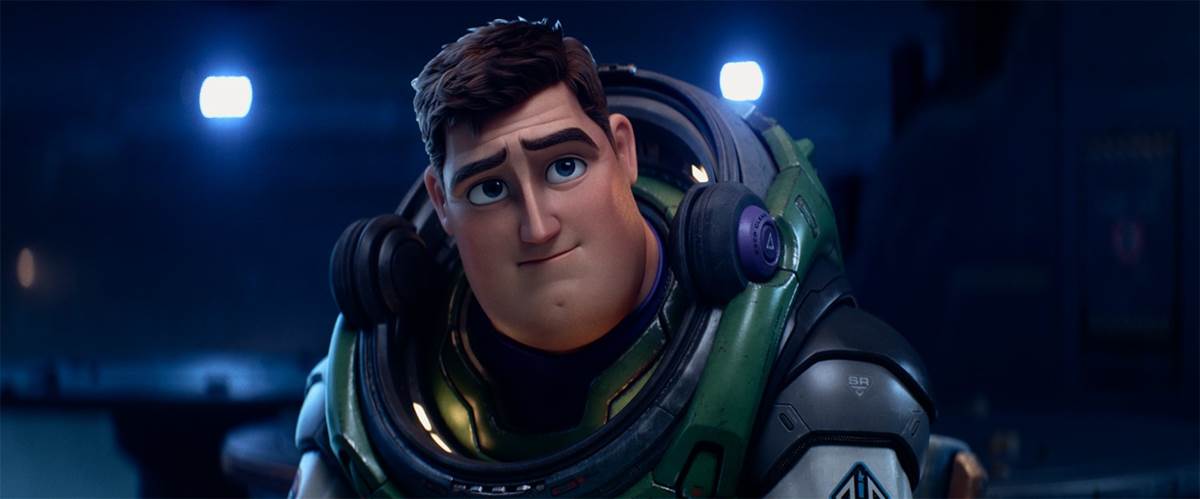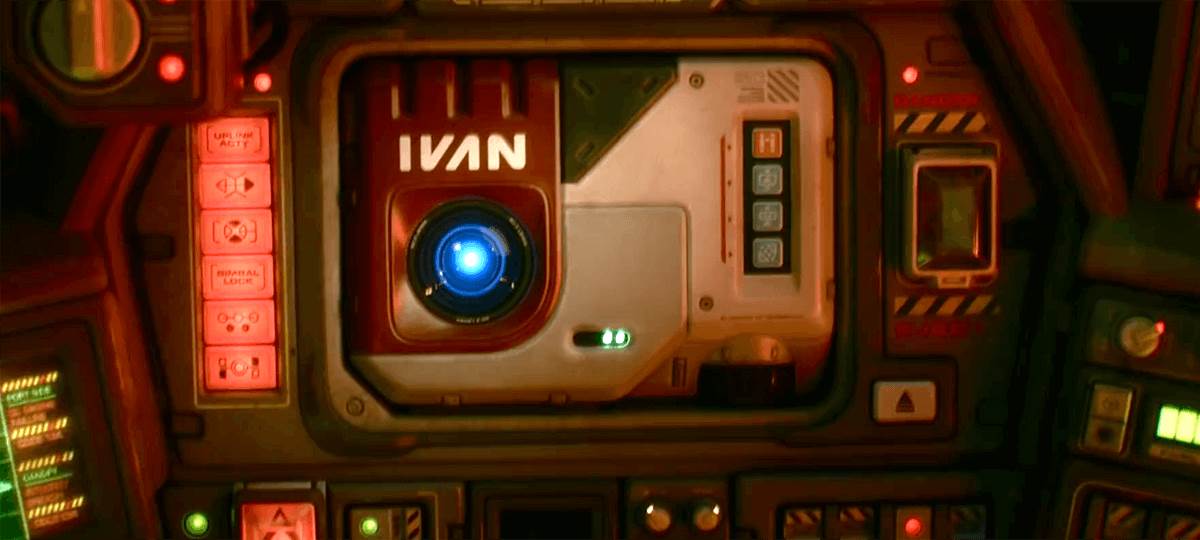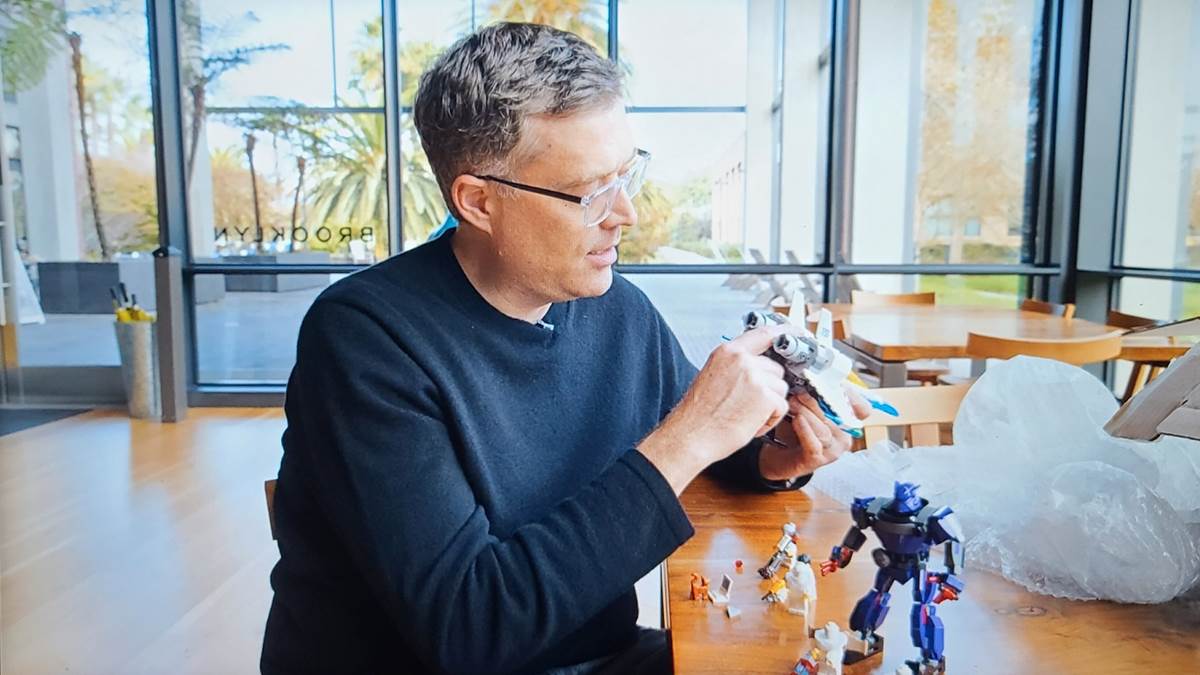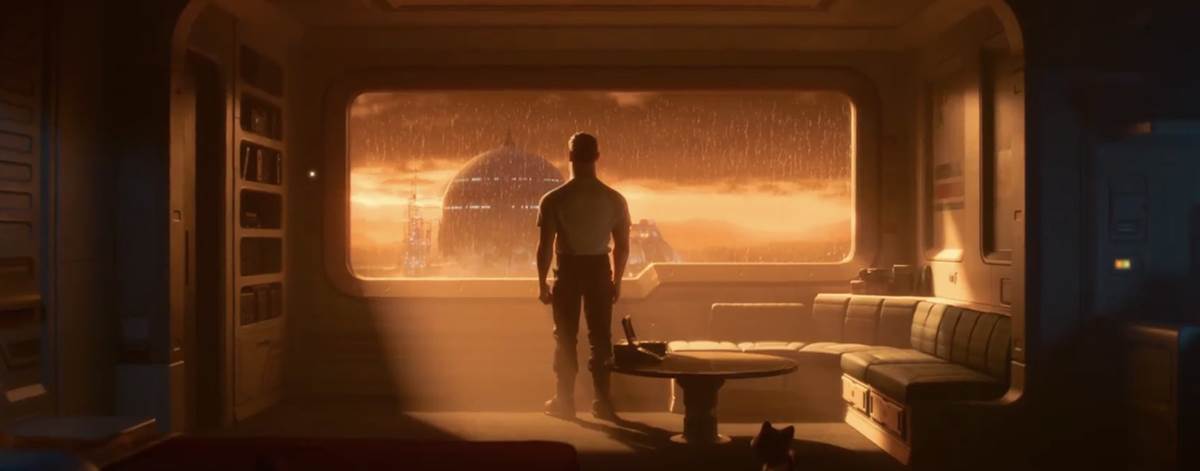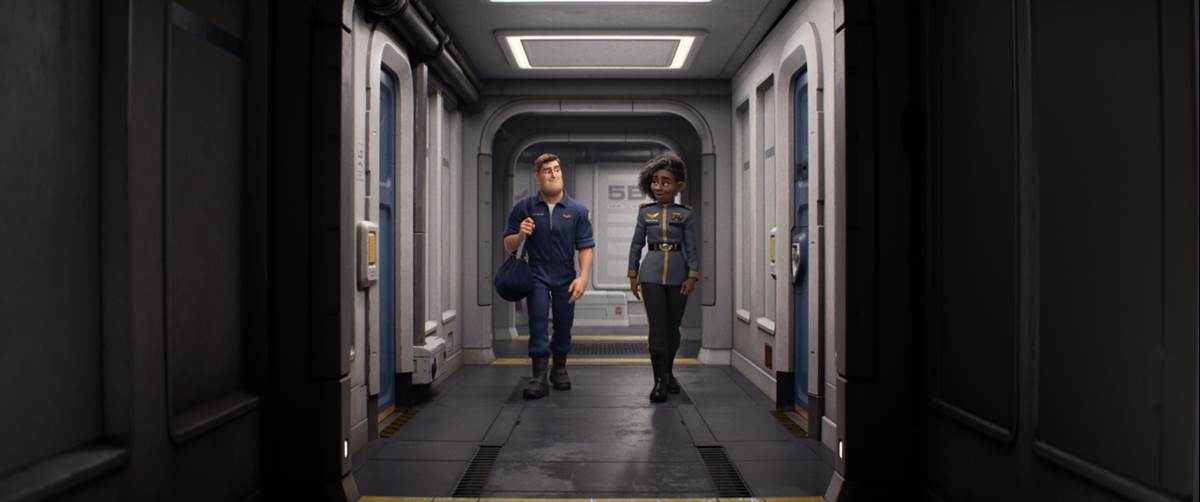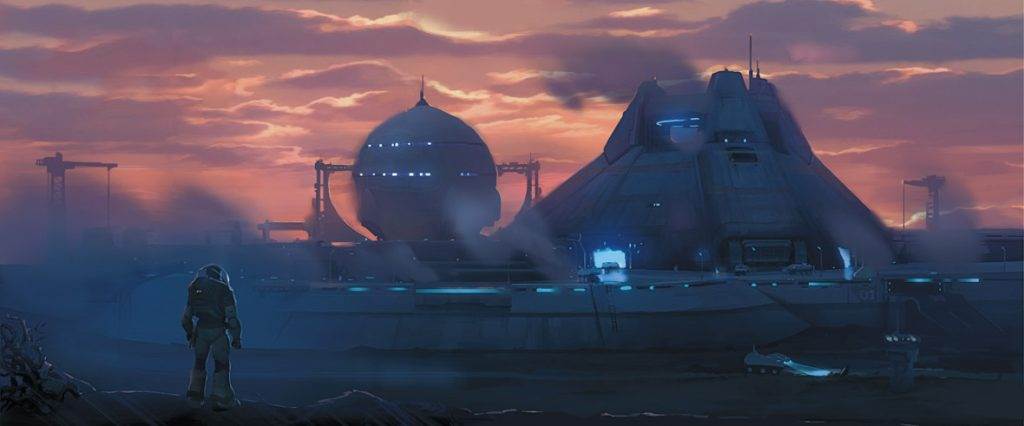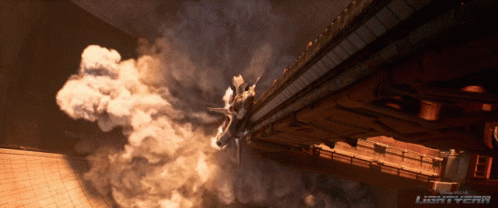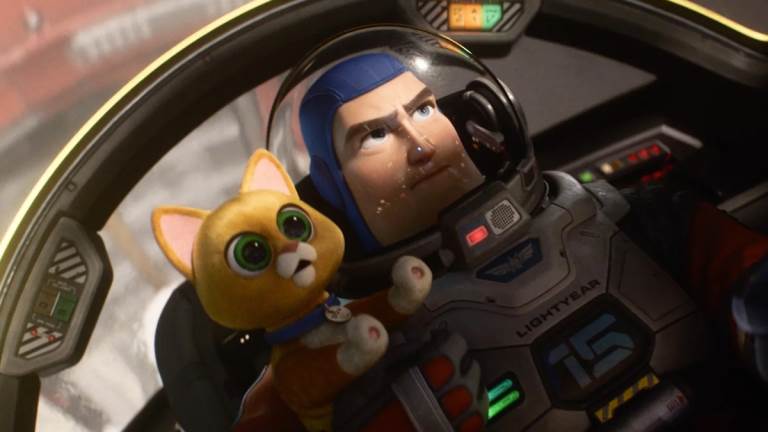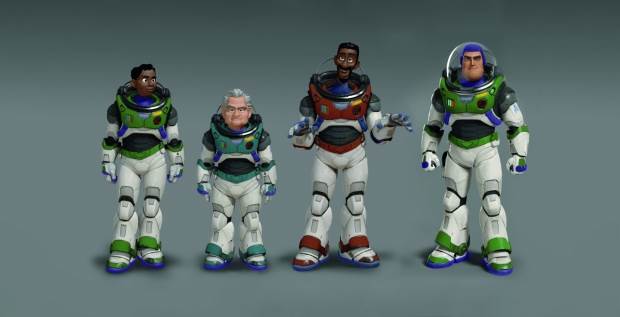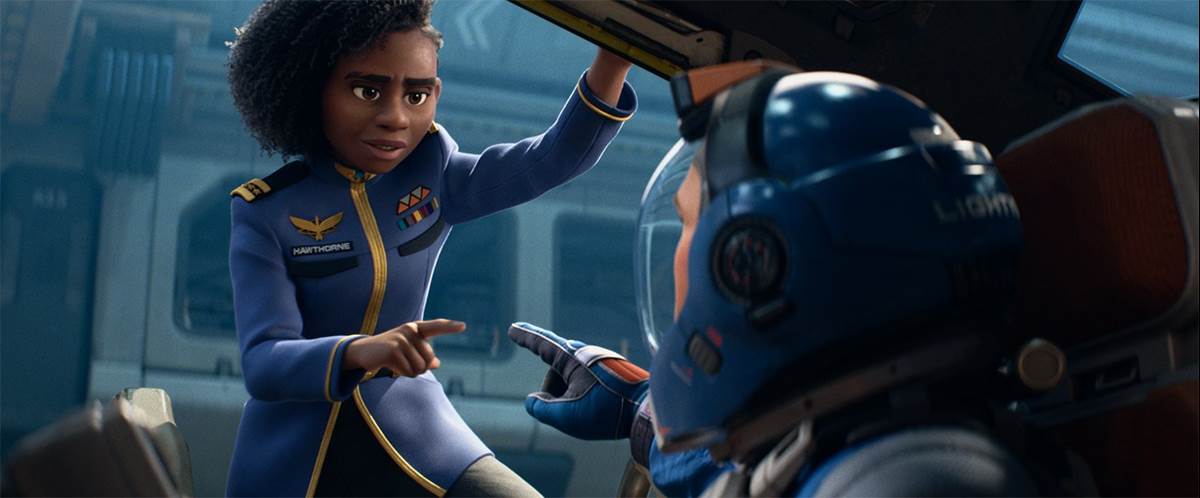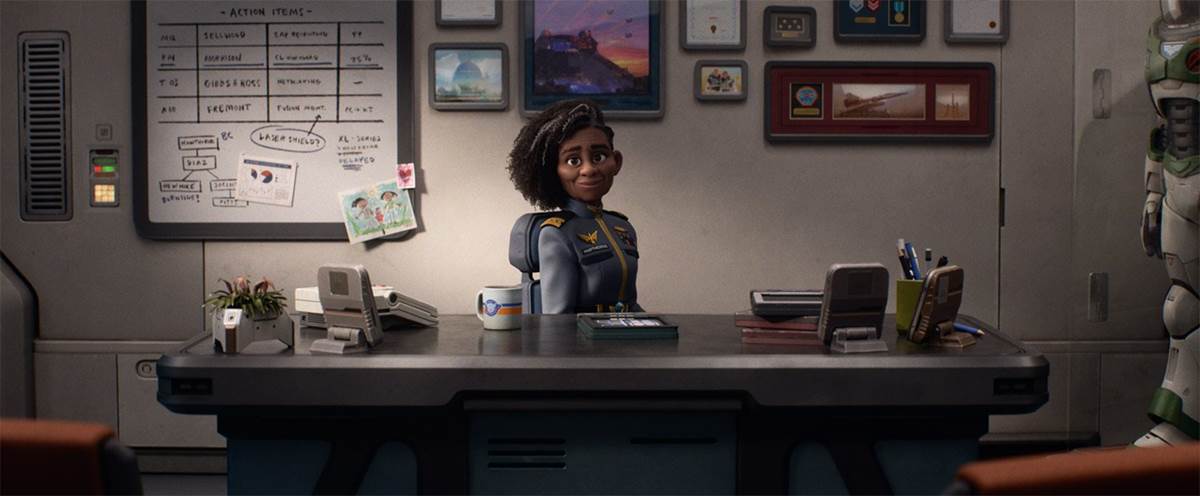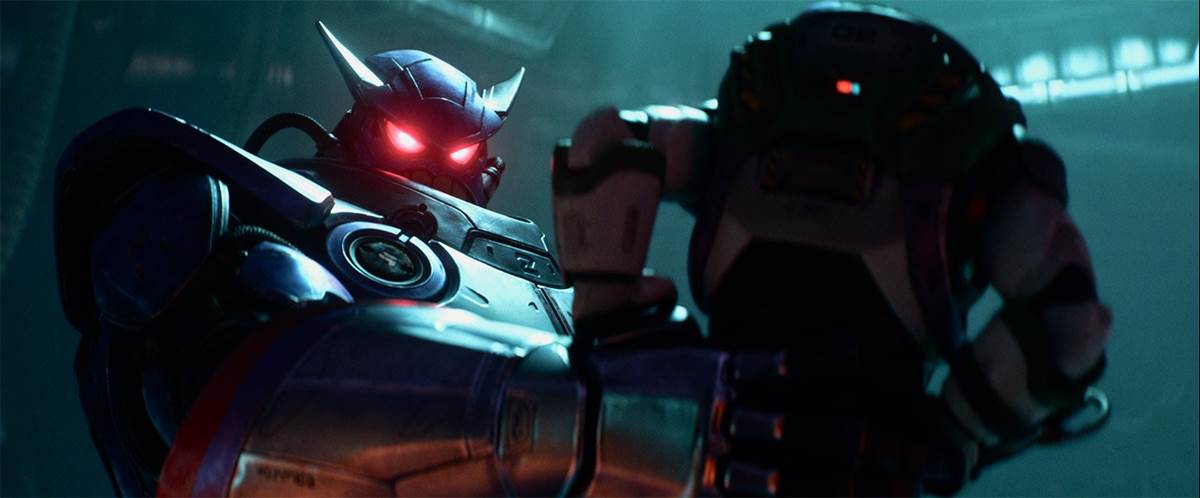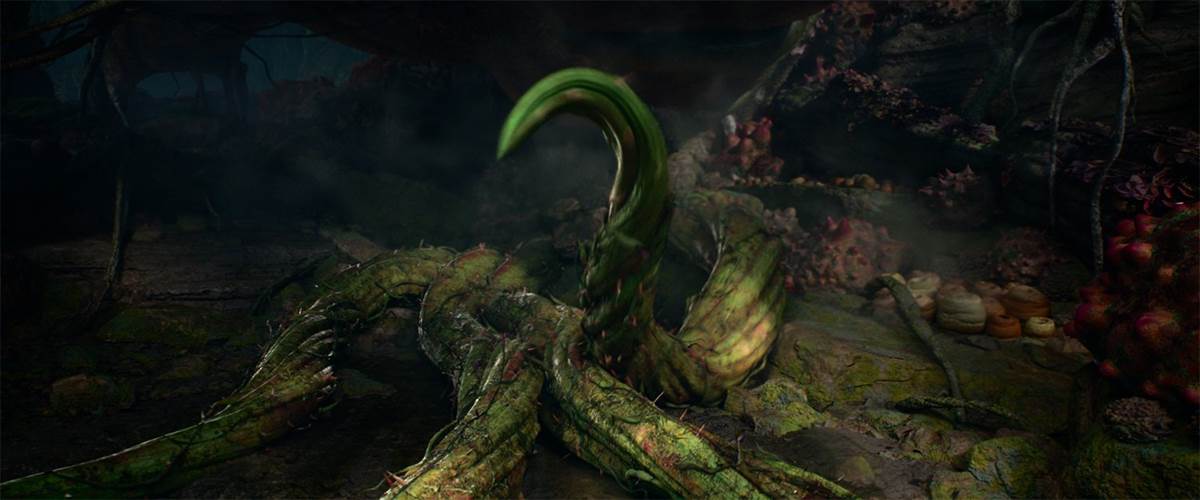SIGGRAPH 2022 enlightened fans of Computer Animation this year with a special panel taking a look at Lightyear, Pixar's sci-fi action adventure, that serves as “the definitive origin story of Buzz Lightyear, the hero who inspired the toy” from the iconic Toy Story franchise.
In this Production Session, the crew traced their challenging journey to create a cohesive visual look that was both stylistically unique yet referential to the Toy Story world. This multidisciplinary group included sets, characters, shading, tailoring & simulation, effects, compositing, and lighting. Their mission: face technological and artistic challenges all while racing against the clock to finish the film.
In the film, we follow the legendary Space Ranger after he has marooned himself and his crew on a hostile planet 4.2 million light years from Earth. As he tries to find a way back home through space and time, he’s joined by a group of ambitious recruits and his charming robot companion cat, Sox. Complicating matters and threatening the mission is the arrival of Zurg, an imposing presence with an army of ruthless robots and a mysterious agenda. If you have yet to watch it, I advise viewing the film (now streaming on Disney+) before continuing on as I will discuss some detailed plots of the film that some might consider a spoiler. Let’s go on.
Taking into the fact that in the lore, this film is what made Andy want a Buzz Lightyear toy in the first place, that would set this theoretical movie’s release date somewhere in the mid-90s. As such, the artists developed a look for the film that was inspired by “Cassette Futurism.” It was an entirely new design direction for Pixar, but injected with a touch of whimsy to be referential to the original Toy Story films.
Cassette Futurism is a genre of retrofuturism based on the 70's and 80's. Lightyear itself, and other films and media that adopt this style do not have to be set in this time period, but rather explore the speculated alternate future of it. As the name suggests, Cassettes are the main way of storing and transferring data. More tactile and analog methods are adopted while more digital ones are pushed aside.
The same practice was put into use by director Angus Maclane, an avid LEGO builder and enthusiast, who built the earliest models of the vehicles seen in the films out of LEGO bricks. Of course, digital paintings and traditional practices were used as well. Many of these LEGO models can be seen in the book, The Art of Lightyear, available now.
One point of focus that the team took early on was the look of Buzz’s apartment in the film. According to Nathan Fariss, Set Supervisor for the film, Buzz’s Apartment was the baseline for the production and set the look and feel of the world we would be seeing throughout the movie. Many different, all similar but notably different, apartments were shown during the panel, some more cramped for Buzz than others. It was the final design of the apartment set and the first spaceship we see Buzz fly, the XL-01, that set the direction for the art department on the rest of the art in the film.
One interesting thing that Fariss mentioned in the panel was something called the “Critical Mass Point” of modeling on the film. Remember, in animation, everything is made from scratch. Anything from props like chairs, cups, vehicles, umbrellas, windows, lamps, bolts, food, everything is created by an artist who models what is needed for the film. At a certain point, so many models are created, artists can go back and pull an asset and reuse it when building a digital set. This point is the critical mass point.
With Critical Mass Point in mind, artists dove into the idea of making and rendering all those parts and pieces for Lightyear early on into production. After all, the movie centers around Star Command, an agency similar to say NASA or the military “where principles like standardization, redundancies, and interchangeability are woven into the fabric of its existence.” Things like door handles, knobs, panels, and uniform set pieces were built into the production pipeline so artists can add and subtract as they see fit depending on the needs of the scene.
As part of this effort, director Angus Maclane reportedly mused that since Pixar Animation Studios is owned by the Walt Disney Company and the Walt Disney Company owns Star Wars, could they get their hands on the digital assets from Industrial Light and Magic? Producer Galyn Sussman looked into it, and the answer was indeed yes, fulfilling the childhood dreams of many of Pixar’s artists.
Don’t get too eager to find the Millennium Falcon or an AT-AT cruising around the sets of Lightyear or anything, though. They couldn’t pull from those assets because then the two universes would cross pollinate, which would overall be frowned upon. They could, however, get their hands on a collection of assets that the current teams at ILM use to build new Star Wars assets from. In fact, many of the models and assets that the artists COULD use were deemed too Star Wars-y, and not used at all. However, about 300 pieces from the digital asset collection did find their way into the Lightyear archive, but only things like knobs, piping, paneling, and other little details built into the set pieces. Nothing would clearly be identifiable as something that was used in a Star Wars production however.
Another thing that set designers and modelers took into mind was the extensive use of time travel in the film. We see Buzz wreck the Turnip at the beginning of the film and maroon himself and his crew. After a year, we see him make his first flight attempt on what appears to be the skeleton of a launch gantry and is very temporary looking. Later in the film, the gantry is fully formed and permanent while an entire settlement of roads, farmland, mines, and housing have sprung up. A time lapse video of the evolution was shown that artists created and used throughout the film depending on where (and when!) Buzz shows up.
Subtle aspects from this evolving set made it into the final production, and can notably be seen when Buzz is landing his spaceship each time in the montage of test flight failures, just by looking at the landscape. You can also see more advanced versions of the evolution when Buzz is racing down a road escaping with Sox, and see that the settlement has evolved to the point that it even has its own pizza delivery service.
While we can talk about the settings, many eyes will also focus on the costumes of the film. Taking inspiration from real life space exploration as well as the original Toy Story source material, the team, led by Fran Kalal had to make decades worth of costumes. The team put a ton of research into the outfits, going to NASA, meeting with spacesuit design consultants, going through materials at the Smithsonian, taking inspiration from cinema, and getting their hands on a tangible replica. This allowed for the evolution we see on screen from the XL-01 flight suit all the way to what the team calls the “Alpha Suit” which is the one we know and love as seen on the toy Buzz Lightyear.
You can’t have a spacesuit without gloves. For that, hands were created and shared across numerous characters with a special rig built into the program that will allow for different colors and material types based on the suits that Star Command is wearing.
For a good portion of the movie, Buzz is always seen in a flight suit indicative of the era that he is in. In a bit of poetry, that is not true for his BFF in the first part of the film, Alisha Hawthorne. Her wardrobe evolves from flight suit to Commander, complete with maternity version of the uniform, all leading up to her final moments. Poetic in the way that we see Alisha Hawthorne have a full and complete life while Buzz, quite literally, stays the same. One of the main themes of the film.
As for the Star Command staff that surrounds them, thankfully for many artists on the team, the software used allowed for changes in color blocking on the outfits, allowing the same costume to be used multiple times but with different colors to show different positions and occupations that one might have in Star Command.
As for the alien planet (T’Kani Prime) they landed on? All those vines were animated using the same rigging and Bezier controls that were used to animate Hank’s tentacles in Finding Dory. Though, the crew didn’t mention anything about the vines from Lightyear almost destroying Pixar like Hank’s tentacles did. Think that’s the only Finding Dory asset worth noting? Coral models used in that film were also flipped upside down and reshaded in some areas to build up the alien landscape of the new world that Buzz crashed the Turnip into. The team also looked at actual plants growing around the Pixar Campus for inspiration as well.
Lightyear went into production at the end of 2019, with only a few key members of the team working at the beginning before the Pixar Campus closed due to the global pandemic of 2020. Even though most of the production took place at home, the film still came out beautifully and the efforts of Cassette Futurism and giving the film the look and feel of Sci-Fi films of the 70’s and 80’s sell the idea that we too, like Andy, would have had our tickets in hand for this movie in theaters back in the mid-90s.
Lightyear is now available to own in Digital Libraries and is now streaming on Disney+. Physical media is set for release on September 13th.

